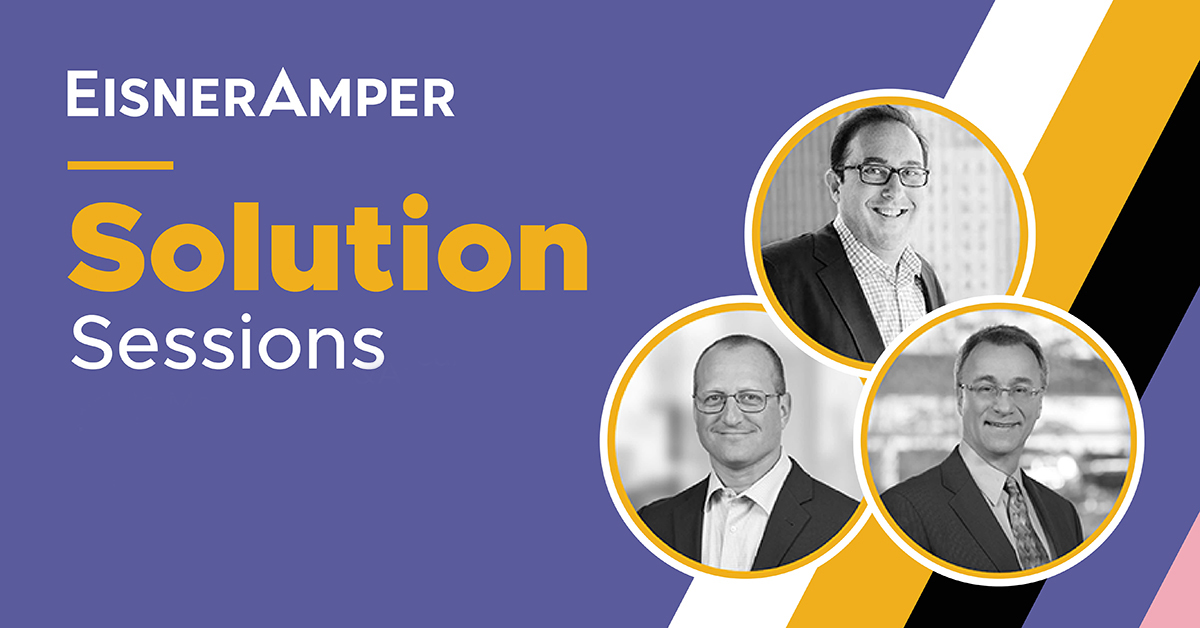
November 2022 Remarks from Fed Chair Powell
- Published
- Dec 5, 2022
- Share
Clearly, the result of the recent Federal Reserve (“the Fed”) actions has made various forms of credit more expensive for consumers. This includes the cost of credit and mortgages for individuals and the cost of borrowing and credit for businesses. As announced by the Fed this week, today, rate hikes are expected to increase further.
As cited in our previous report on November 10, the 10-year Treasury yield was forecasted to reach an interest rate of 3.79% by September 2023; this rate is among levels not previously seen since 2010.
The Fed indicated that while it could scale back the pace of its interest rate hikes as soon as December, the fight against inflation is far from over. Key questions remain, such as how high rates will need to rise and for how long.
The Fed expects a half-percentage-point increase in the short term. If this occurs, the central bank will have lifted its overnight policy rate from near zero as of March 2022 to the 4.25%-4.5% range. This is the most significant change in rates since former Fed Chair Paul Volcker was battling an even worse rise in prices during the early 1980s.
Fed Chairman Powell also noted in recent remarks at the Brookings Institution that it makes sense to moderate the pace of interest rate increases, as the Fed approaches a level of restraint that will be sufficient to bring inflation down. The Fed’s efforts to control rate increases and moderate the pace of rate increases may come as soon as its December meeting.
Powell emphasized the work left to be done to control inflation was far less significant than how much further the Fed will need to raise rates to control inflation or the length of time needed to hold policy at a restrictive level.
While Powell did not indicate his estimated “terminal rate,” he did say it is likely to be “somewhat higher” than the 4.6% indicated by policymakers in their September projections. He further said curing inflation will require holding policy at a restrictive level for some time. This appears to contrast with market expectations that the central bank could begin cutting rates next year as the economy slows. We will continue to provide updates on economic policies and Fed actions as they develop.
Contact EisnerAmper
If you have any questions, we'd like to hear from you.











